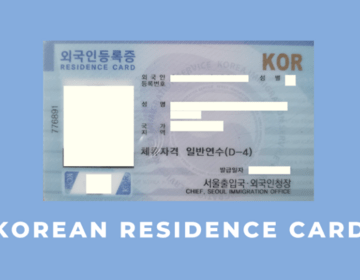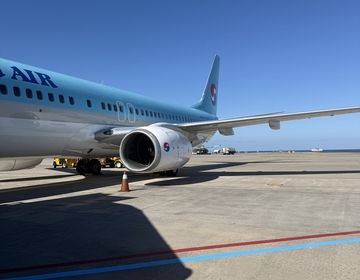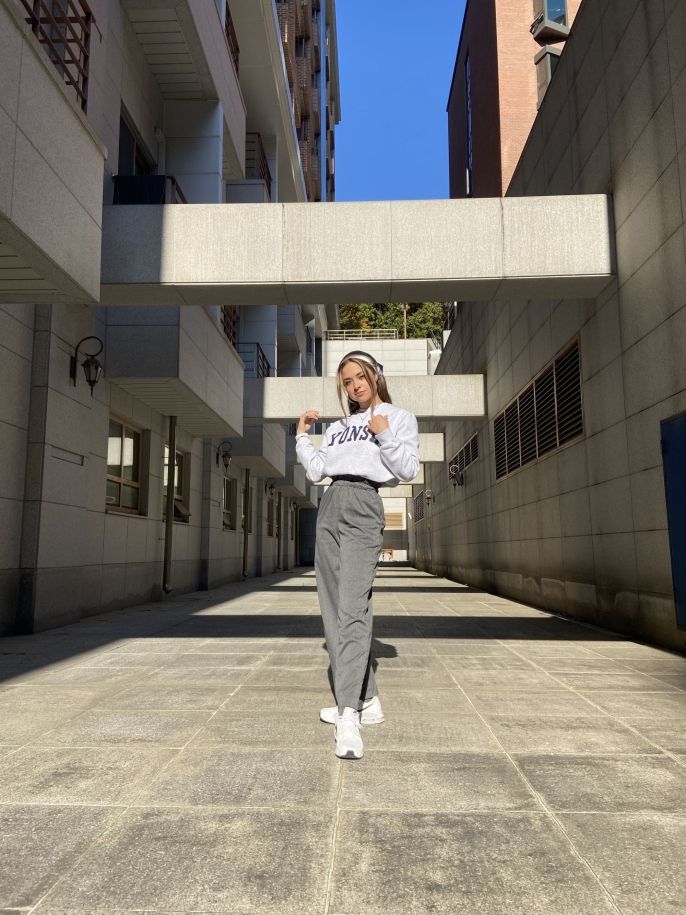Fashion in Seville vs. Seoul
Over the past year, I have had the opportunity to live and study internationally through CIEE. The first half of my year was spent in Seville, Spain, and the second half of my year was spent in Seoul, South Korea.Living abroad has provided me with a slightly modified perspective on various topics, issues, and ideas. One of the more light-hearted but equally fascinating topics I have enjoyed growing in has been fashion.
Before setting my mind on studying International Studies and Diplomacy, I had considered studying Fashion Design. I worked on my portfolio for most of my high school career, visited various design schools, and even went to portfolio showings. As it turned out, however, I realized that, while I genuinely love fashion, I am passionate about cultures, languages, history, and politics (in a word: people). I knew that studying fashion, no matter how thrilling, would fail to fully satisfy me the way that working with new people, learning about other cultures, and studying language all do.
For this reason, I have absolutely loved getting to observe first-hand the fashion trends that exist in regions outside the U.S. The following is a collection of critical features of the southern Spanish (Spring 2021) and South Korean (Fall 2021) fashion trends I observed during my time abroad.
Spain:
Words that describe the style: posh, academic, clean, uniform, and simple
- Women:
- Bell bottoms, straight-leg jeans, and tights with dresses were everywhere. Skinny jeans were definitely a no, and sweatpants and leggings were non-existent outside of the gym.
- Button-down shirts, blouses, and turtle necks were super trendy. People would generally opt for simple colors with a single bolder piece when choosing what to wear.
- Blazers were always acceptable, while hoodies on the day-to-day were not.
- No one ever wore baseball caps unless it was out of necessity, but sneakers were completely "allowed."
- Men:
- Khakis, dress-shorts, straight-leg jeans, and skinny jeans were commonly worn but hardly ever ripped or distressed. Gym shorts and sweatpants were also not usually worn outside the context of the gym.
- People often choose to wear button-ups, button-downs, or the occasional simple t-shirt.
- Jackets were often worn but never hoodies.
- Again, baseball caps were only worn if the weather was appropriate; otherwise, never.
South Korea:
Words that describe the style: uniform, simple, clean, neutral, layered
- Women:
- Straight-leg, baggy, and skinny jeans are all very common. Bell bottoms are still very relevant right now too. Neutral-colored dress pants and styled sweatpants are also worn often. Leggings are not usually worn outside the context of the gym.
- Turtle necks, sweaters, hoodies, sweater vests, and blazers are commonly worn. Low-cut tops are hardly ever worn, but layered shirts are ubiquitous.
- Sneakers and boots are standard.
- Baseball caps and other headwear are worn daily regardless of the weather. Puffer jackets (known as "padding") are a must for the winter.
- Men:
- Similarly to women's fashion, straight-leg, baggy, and skinny jeans are very common. Dress pants and sweat pants are seen around pretty frequently too.
- Turtle necks, sweaters, hoodies, cardigans, and blazers are commonly worn as well.
- Sneakers are the most common shoe worn.
- Various types of headwear and "padding" are standard for the winter.
While both Spain and South Korea, unlike the U.S., have a "standard" for what is considered fashionable, I have found that South Korea provides more variety and wiggle-room than southern Spain. Although the colors will remain relatively neutral, the patterns or cuts of the items will be unique and special. Spain, however, is excellent at providing options but not the best at supporting the consumer's decision. In short, both countries appear to have a "standard" for what is considered "acceptable." The degrees to which individuals venture outside of that standard, however, varies.
I have loved living in two countries over the past year and am incredibly excited to bring my new clothes back to the U.S. Even though they may be familiar to me, they will be "new" to those around me. Although I have always been confident in my fashion choices/style, branching out has helped me develop a style that feels more like the 20-something-year-old version of myself.
Related Posts

Everything I Learned From Applying for Korea’s Alien Registration Card
Getting the ARC is a necessary step for studying and traveling in Korea, here's a guide of its importance and ways you can stay on track.
Seoul to Suwon: Walking Through History
One weekend trip showed me how much there is to learn and see outside Seoul, from traditional villages to historic fortress walls.

Soul Searching in Seoul: Everything I Learned and What I Wish I Knew
Before I start crafting my “study abroad changed me” answers for friends and family, here are the practical things I wish I’d known. The things that would’ve saved me time... keep reading

